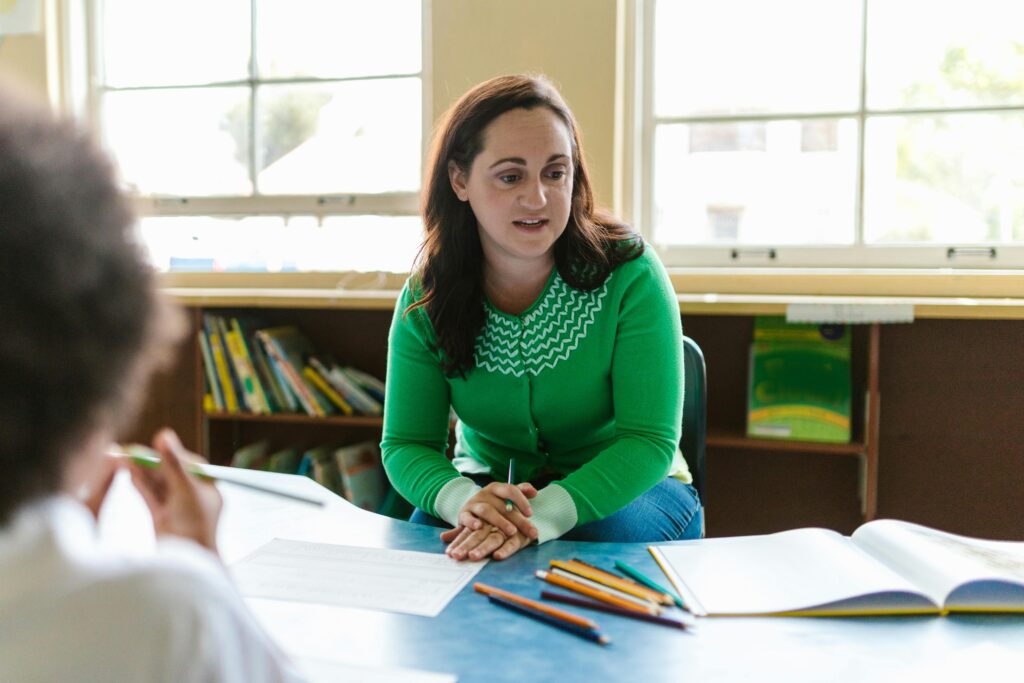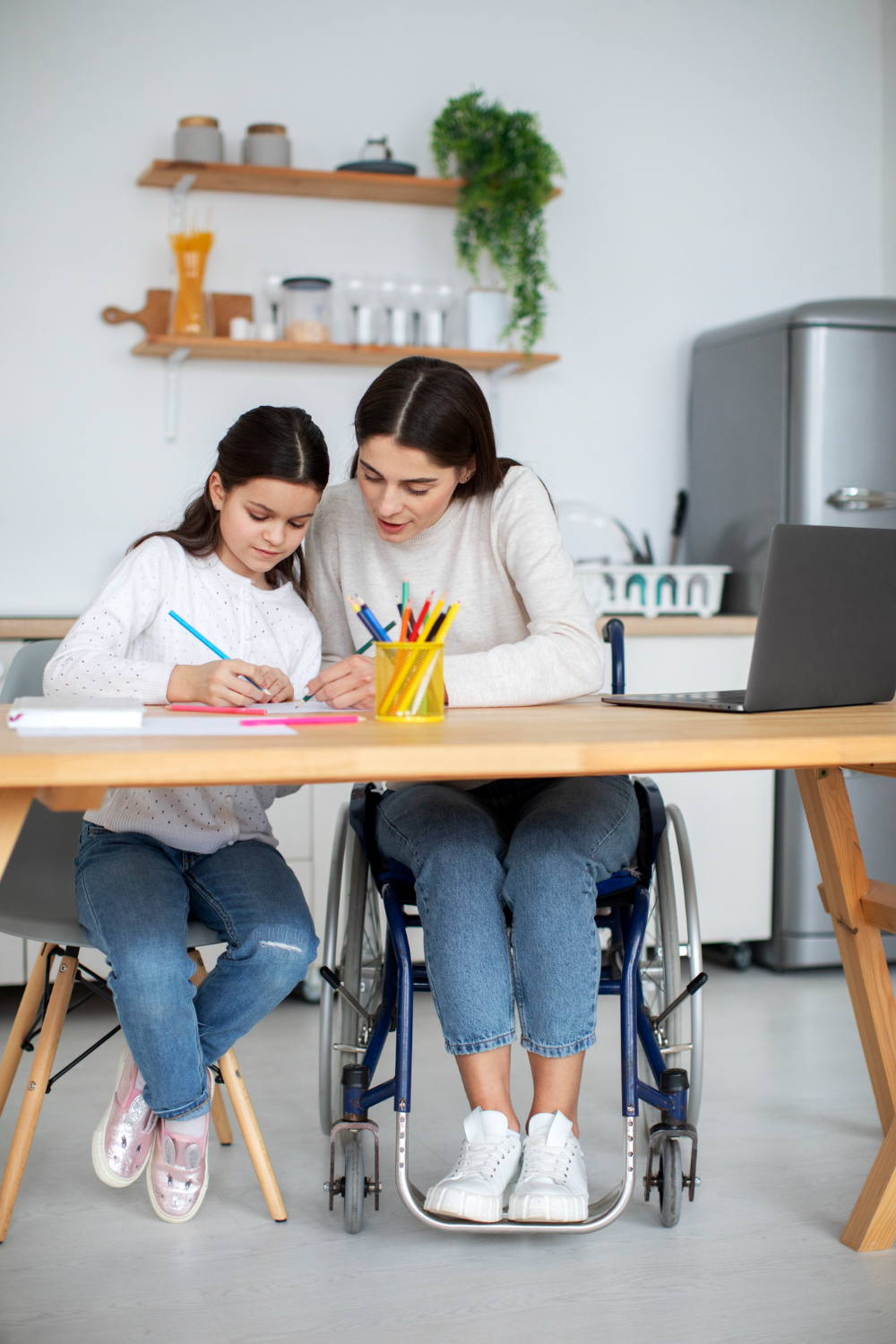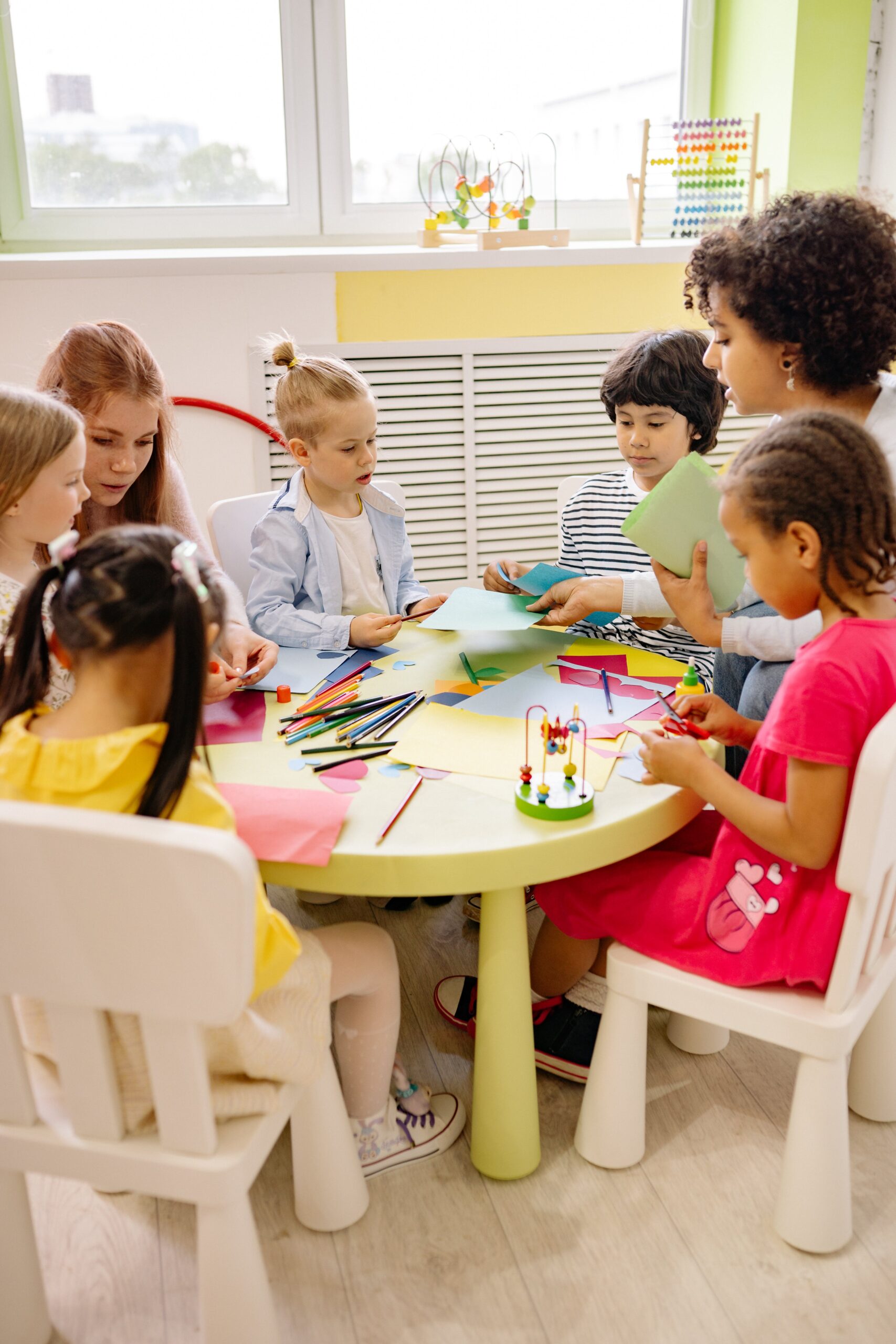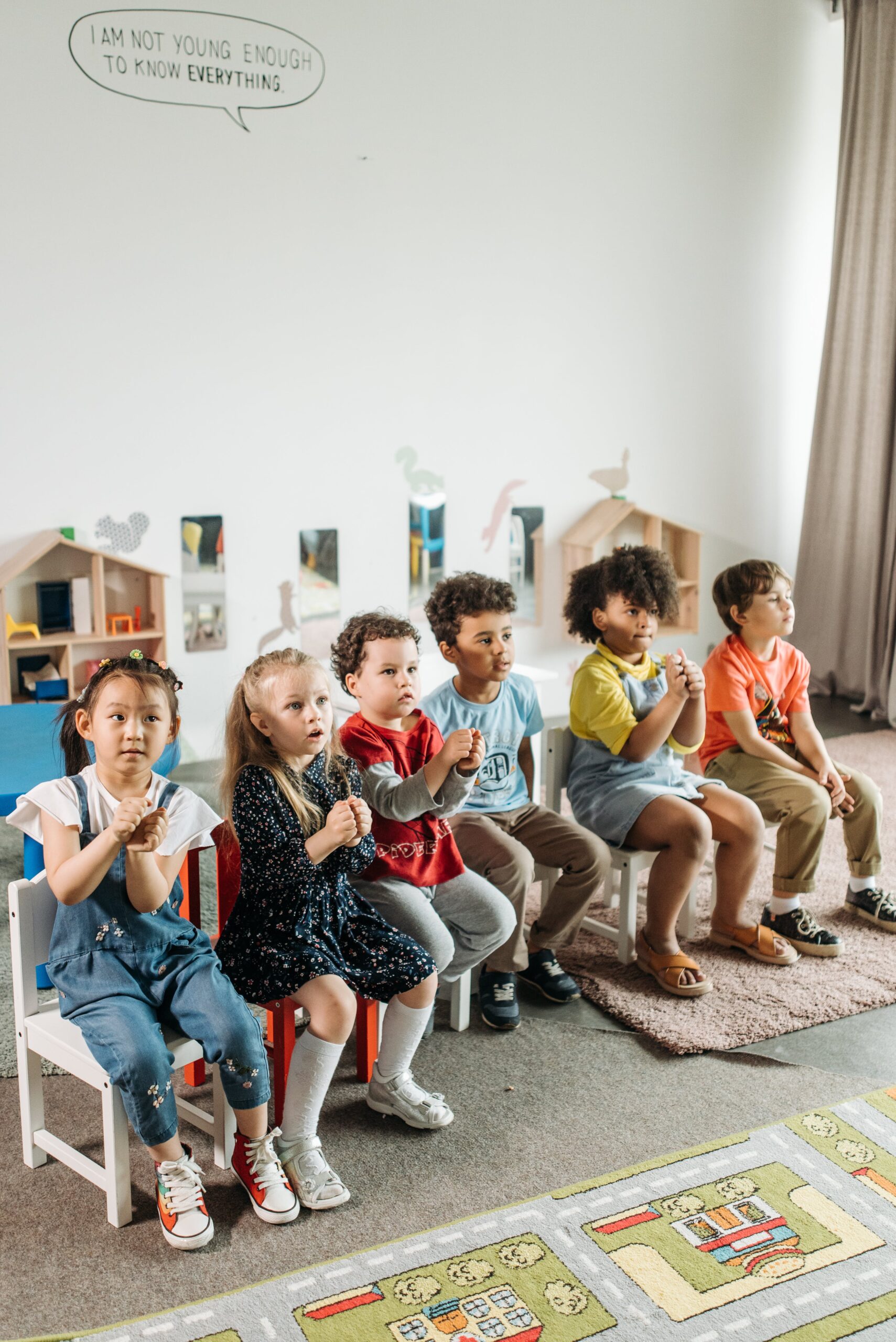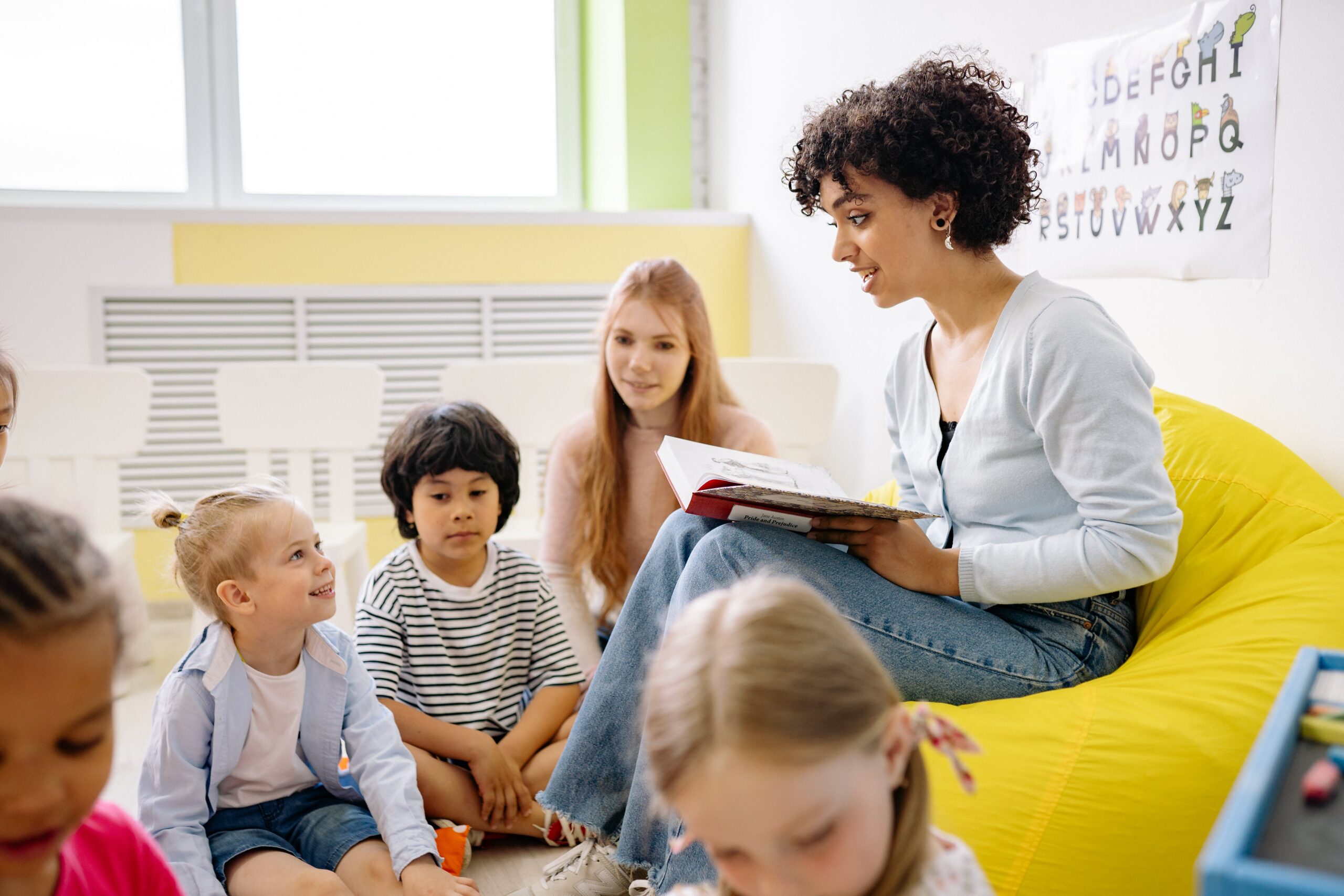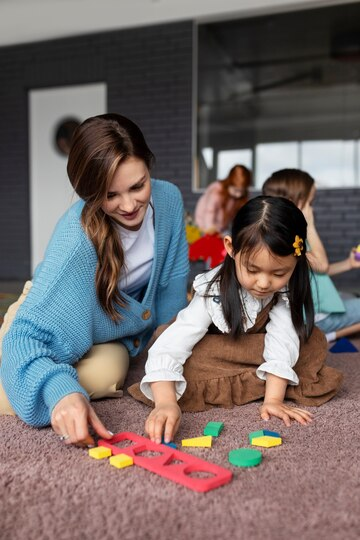Securing a job in special education is a significant milestone for educators dedicated to making a positive difference in the lives of students with diverse learning needs. However, the journey to landing such a role often involves navigating through a rigorous interview process. To help candidates prepare effectively, let’s explore a comprehensive array of special education teacher job interview questions along with sample answers that showcase competence, experience, and passion for the field.
Understanding Pedagogy and Methodology
- Question: Can you discuss your experience with differentiating instruction for students with diverse learning needs?
Sample Answer: Certainly. In my previous role as a special education teacher, I implemented a variety of instructional strategies to meet the individualized needs of my students. For instance, I utilized flexible grouping to provide targeted support, incorporated multisensory techniques to engage diverse learners, and scaffolded instruction to ensure accessibility for all students. By embracing a differentiated approach, I witnessed significant growth and success among my students with various abilities and learning styles. - Question: How do you incorporate Universal Design for Learning (UDL) principles into your lesson planning?
Sample Answer: UDL principles serve as a guiding framework in my lesson planning process. I strive to provide multiple means of representation by offering diverse instructional materials, visual aids, and technology-enhanced resources to cater to different learning modalities. Additionally, I ensure multiple means of expression and engagement by incorporating interactive activities, opportunities for student choice, and varied assessment methods. By embracing UDL, I create inclusive learning environments where all students can thrive. - Question: What strategies do you employ to accommodate students with different learning styles in your classroom?
Sample Answer: Recognizing the importance of addressing diverse learning styles, I implement a range of strategies to accommodate the needs of all students in my classroom. For auditory learners, I incorporate verbal explanations and discussions, while visual learners benefit from graphic organizers, charts, and diagrams. Kinesthetic learners engage in hands-on activities and movement-based tasks to enhance comprehension and retention. By offering a variety of instructional approaches, I ensure that each student has the opportunity to access and engage with the curriculum effectively.
Classroom Management and Behavioral Support
- Question: Describe your approach to managing challenging behaviors in the classroom.
Sample Answer: When addressing challenging behaviors, I adopt a proactive and collaborative approach that prioritizes positive reinforcement, clear expectations, and individualized support. I establish a classroom environment based on mutual respect and trust, where students feel valued and supported. In instances of challenging behavior, I implement behavior intervention strategies outlined in students’ Individualized Education Programs (IEPs) and collaborate with support staff to develop personalized behavior plans. By fostering a supportive and inclusive climate, I promote positive behavior outcomes and academic success for all students. - Question: How do you establish a positive and inclusive classroom environment for students with disabilities?
Sample Answer: Creating a positive and inclusive classroom environment is essential for fostering student success and well-being. To achieve this, I prioritize building strong relationships with my students based on empathy, understanding, and respect. I implement strategies to promote acceptance and celebrate diversity, such as incorporating inclusive literature, highlighting students’ strengths, and facilitating peer interactions through cooperative learning activities. Additionally, I provide structured routines, visual supports, and sensory accommodations to ensure that all students feel safe, valued, and empowered to participate actively in the learning process.
Working with Families and Collaborating with Professionals
- Question: How do you communicate with parents/guardians about their child’s progress and challenges?
Sample Answer: Open and effective communication with parents/guardians is paramount in supporting students’ academic and social-emotional growth. I maintain regular communication through various channels, including emails, phone calls, and parent-teacher conferences. During these interactions, I provide updates on students’ progress, discuss individualized goals outlined in their IEPs, and solicit feedback to ensure a collaborative partnership in their child’s education. Additionally, I offer resources, guidance, and support to empower parents in advocating for their child’s needs both at school and at home. - Question: How do you collaborate with general education teachers to ensure the inclusion of students with disabilities in mainstream classrooms?
Sample Answer: Collaboration with general education teachers is essential in promoting inclusive practices and maximizing learning opportunities for students with disabilities. I engage in regular communication and collaborative planning meetings with general education colleagues to discuss students’ individualized needs, accommodations, and modifications. Together, we co-design instructional strategies, adapt curriculum materials, and implement inclusive teaching practices to ensure that all students can access and participate in the general education setting successfully. By fostering a culture of collaboration and shared responsibility, we create an inclusive learning community where every student feels valued and supported.
Legal and Ethical Considerations
- Question: What is your understanding of the Individuals with Disabilities Education Act (IDEA) and its implications for special education?
Sample Answer: The Individuals with Disabilities Education Act (IDEA) is a federal law that guarantees the right to a free and appropriate public education (FAPE) for students with disabilities. It mandates the provision of special education and related services tailored to meet the unique needs of each eligible student. As a special education teacher, I am committed to upholding the principles and requirements outlined in IDEA, including the development and implementation of Individualized Education Programs (IEPs), the provision of least restrictive environment (LRE) placement options, and the involvement of parents in the decision-making process. By adhering to IDEA regulations, I ensure that all students receive the support and services necessary to achieve academic and developmental success. - Question: How do you ensure compliance with state and federal regulations regarding the education of students with disabilities?
Sample Answer: Maintaining compliance with state and federal regulations is a priority in my practice as a special education teacher. I stay informed about current laws, policies, and guidelines related to special education by attending professional development sessions, participating in ongoing training opportunities, and consulting with colleagues and administrators. I meticulously document students’ progress, accommodations, and services provided to ensure thorough and accurate record-keeping. Additionally, I actively engage in the IEP process, adhering to timelines, conducting assessments, and collaborating with the IEP team to develop and implement appropriate educational plans that align with legal requirements. By upholding compliance standards, I safeguard the rights and entitlements of students with disabilities while promoting equity and accountability in education.
Personal Qualities and Professional Development
- Question: How do you handle stress and maintain a healthy work-life balance in a demanding field like special education?
Sample Answer: Maintaining a healthy work-life balance is essential for sustaining personal well-being and professional effectiveness in the field of special education. To manage stress, I prioritize self-care practices, such as exercise, mindfulness, and hobbies, that help me recharge and replenish my energy. I set boundaries between work and personal life, allocating dedicated time for relaxation, family, and social activities. Additionally, I seek support from colleagues, mentors, and mental health professionals when needed, recognizing the importance of building a strong support network. By practicing self-care and boundary-setting, I ensure that I am equipped to meet the demands of my role while preserving my overall health and happiness.
Conclusion
Navigating a special education teacher job interview requires more than just technical expertise; it demands a deep understanding of pedagogy, empathy, collaboration, and a commitment to ongoing growth and development. By preparing thoughtful responses to a wide range of questions and reflecting on personal experiences and values, candidates can confidently demonstrate their readiness to embark on the rewarding journey of supporting students with special needs.

